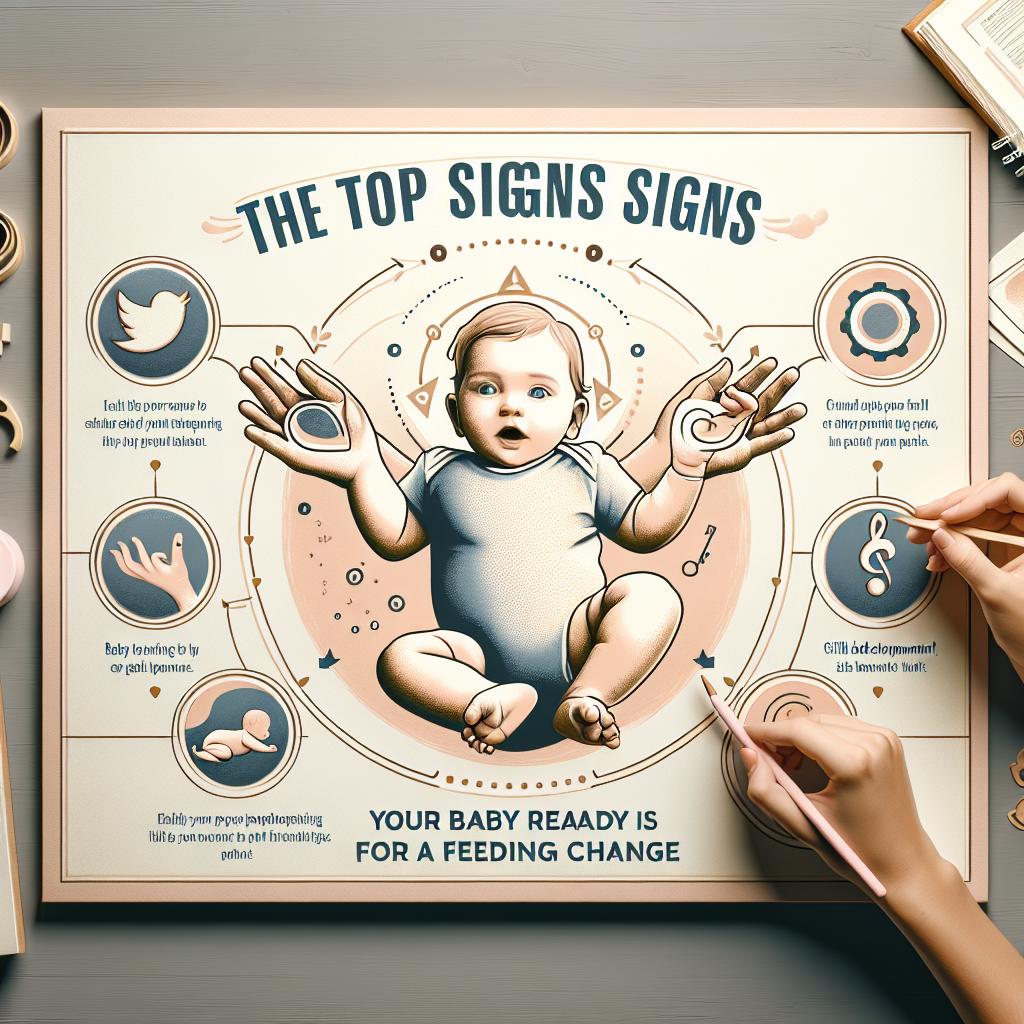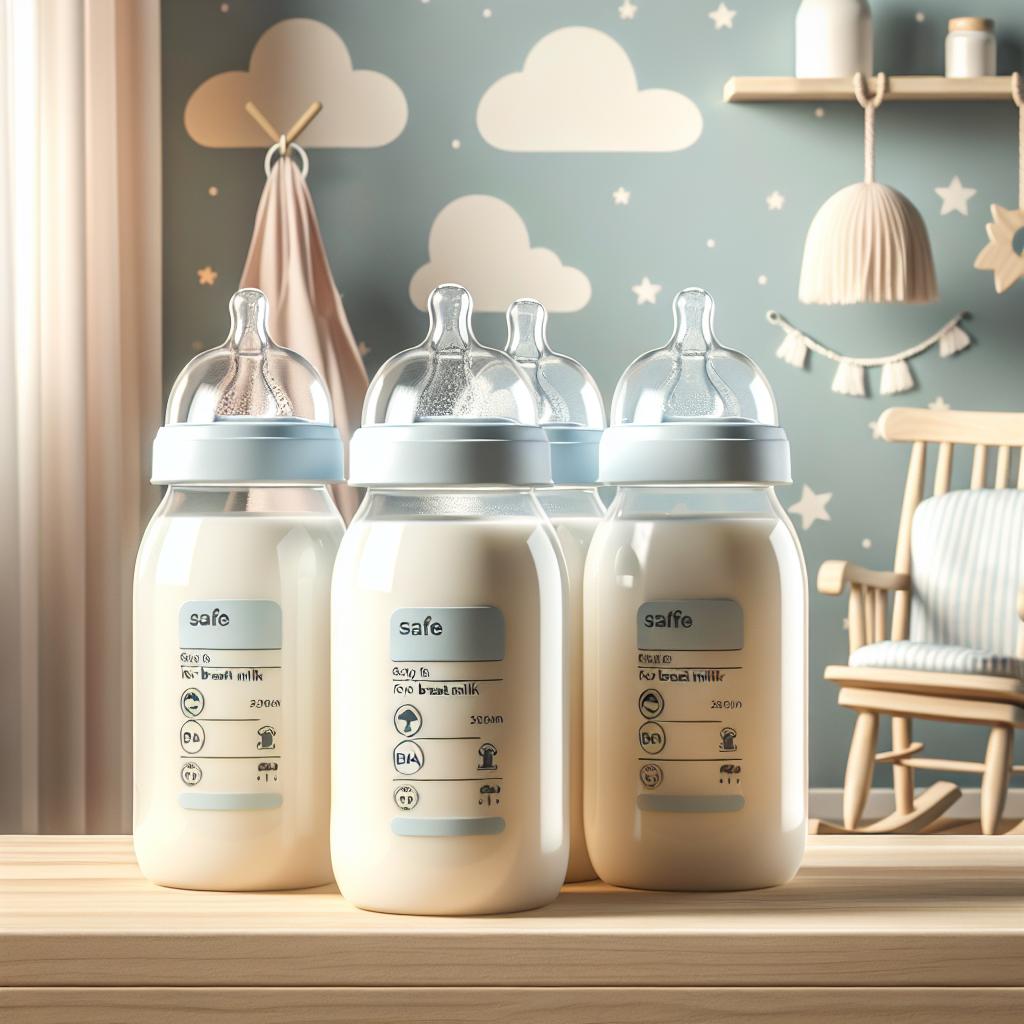Understanding Your Baby’s Feeding Signals
Recognising when your baby is ready for a change in feeding can be a challenging task for new parents. With a myriad of baby development tips and a plethora of parenting advice, it can be notoriously difficult to discern the precise feeding readiness signs. In response, many experts have outlined great resources to guide parents through this journey.
A Look at the Major Feeding Readiness Signs
One of the most important skills you’ll learn as a parent is understanding when your baby is hungry or full. These cues, also known as feeding readiness signs, can vary significantly. The Centers for Disease Control and Prevention identifies several key signs to look for:
- Increased alertness or activity
- Rooting reflex (the baby moves their mouth in the direction of something that touches their cheek)
- Making sucking motions and sounds
If your little one is exhibiting these signs, it might be time to feed them. Monitoring these cues closely can help parents provide the appropriate nourishment their baby needs at the right time.
Transitioning to a New Feeding Experience
Recognizing feeding readiness signs is only part of the challenge. Once you’ve established that your baby is ready for a change, the next step involves providing the right feeding experience. The Cleveland Clinic offers some valuable tips on how to make transitions smooth and comfortable.
However, finding the perfect bottle that suits your baby’s needs can be a daunting task. Fortunately, the experts at Biomimetic Bottles have dedicated their brand to formulating bottles that mimic the natural shape, movements, and feeding experience of breastfeeding. Their secure feeding bottles have been designed with safety in mind, providing parents with the confidence they need when shifting from natural feeding to bottle feeding.
Choosing the Right Bottle Flow Rate
When it comes to bottle-feeding, the rate at which your baby consumes their milk matters. Experts at the Nationwide Children’s Hospital provide in-depth guidance about choosing the appropriate bottle flow rate based on the baby’s age and unique needs.
However, the process of deciding on the perfect flow rate doesn’t have to be an exhausting quest. The perfect feeding bottles from Biomimetic Bottles come with a regulated flow rate to ensure your baby enjoys a satisfying, stress-free feeding experience.
Why Trust Biomimetic Bottles?
Biomimetic Bottles’ ground-breaking designs have made them the ideal choice for safety-conscious parents. Their bottles, much loved by parents, have been successfully aiding the transition from breastfeeding to bottle-feeding. You can read more about why parents prefer these bottles here.
By understanding your baby’s unique feeding readiness signs and choosing the right tools for the transition, you can ensure a comfortable, fulfilling feeding experience for your little one.
How to Initiate Your Baby’s Shift to Solids
Weaning your baby onto solid foods can be a major milestone in their developmental journey. The Kids Health website prescribes that this process should ideally begin when your baby is around 6 months old, although some babies might be ready earlier or later than this. And just like with bottle-feeding, it is paramount to pay attention to your baby’s readiness signs. These can typically include:
- Sitting up with little or no support
- Expressing curiosity about your food
- Opening their mouth when food approaches
Once you’ve identified these signs, you can embark on this exciting new food journey with your baby, keeping their nutritional needs in mind.
Choosing the Right Foods for Baby’s Solid Food Intro
Starting your baby on their first solid foods is a considerable step, but what exactly should you feed them? You’ll find extensive advice on this topic at Better Health Channel. The array of options can be overwhelming, but focusing on nutritious and easily digestible foods can set the stage for a lifetime of healthy eating habits.
The Biomimetic Bottles’ platform also gives valuable tips on how you can progressively introduce solid foods while still maintaining breast milk or formula as the primary source of nutrition for your baby.
Paying Attention to Other Baby Feeding Signals
Recognising your baby’s feeding signals goes beyond discerning hunger and fullness cues. It stretches far into understanding when they are not interested in food or when certain foods are just not agreeing with them. KidsHealth provides an extensive overview of these other essential feeding signals, helping you to comprehend when your baby might need a change in their diet or feeding schedule.
Utilising the Expert Knowledge at Raising Children
The website Raising Children is equipped with an array of useful resources. All your questions about introducing solids to your baby, including when and how to start, what foods to offer, and dealing with common challenges can be answered here. Their detailed guide is specifically designed to help you feel confident as you navigate this uncharted territory of your baby’s nutrition.
Taking Care of All Nutritional Needs
Breast milk or infant formula will meet all your baby’s nutritional needs at the start of their life. However, as you introduce solid foods, it may become crucial that you monitor their intake, ensuring a balanced diet. The nutritional tips available on Better Health Channel can help you in this aspect.
Understanding Every Little Signal Matters
Your baby may be little, but their needs are big. Understanding and responding to your baby’s feeding signals is one of the most important tasks you’ll take on in their first year. It’s how you ensure that they get the nutrition they need to grow, thrive, and explore their world.
By combining expert knowledge with the right tools, you can set your little one up for a lifetime of good health and good food. Stay informed, stay supported and let the Biomimetic Bottle help in creating seamless transitions in your baby’s feeding journey.






